Gold has always sparked a blend of curiosity and fervor among those fascinated by its value and historical significance. If you're on a quest to discover where gold hides beneath the surface in the USA, obtaining a detailed map of gold deposits is your first step to treasure.
Insider Tip!
As a miner myself, I've found that sometimes it's difficult to find places to mine for gold. State and Federal lands are many times off limits as are privately held properties unless you can gain entrance from the property owners.
Many states are somewhat void of good gold deposits all together! Looking online is really the best place to start your search for locations of gold deposits. Your local library is also a great place to check out!
Understanding Gold Deposits
Gold deposits are concentrations of gold found in the Earth's crust. These can be primarily located through geological surveys and are often found in areas known for past gold production.
The U.S. Geological Survey (USGS) is a pivotal source for such data, providing extensive maps and reports on where gold has been and still can be found.
Maps from the USGS detail various types of gold deposits, from placer deposits found in riverbeds and streams, typically formed by the movement of water over rock, to lode deposits located in rock formations.
These maps are crucial for anyone involved in gold mining or investing in gold-related properties.
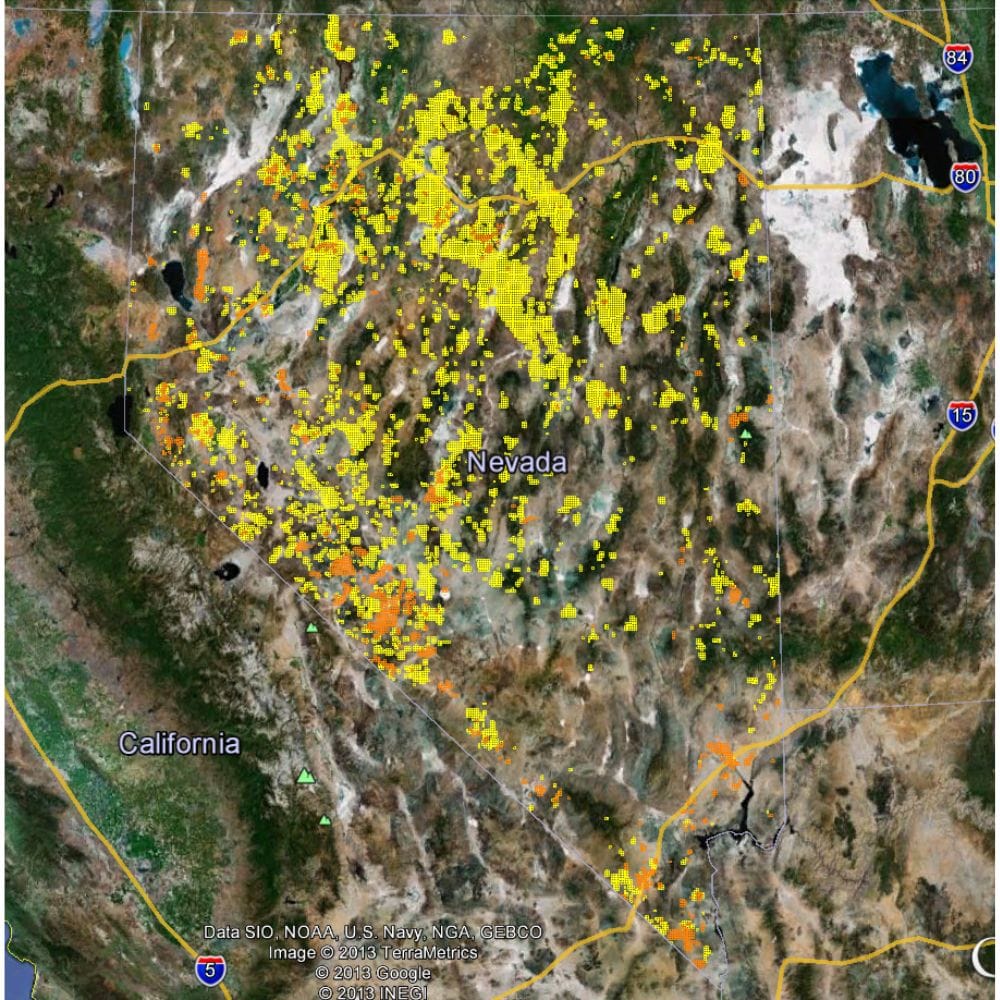
Online Resources for Gold Maps
Several online platforms and publications can help you locate maps of gold deposits. The USGS website offers a range of digital maps and data sets that are invaluable for anyone looking into gold mining and exploration.
Additionally, private companies and geological consultancies provide maps showing gold deposits not only in the U.S. but around the globe.
For those interested in the global business of gold, the World Gold Council provides insights and updates on gold production and gold reserves worldwide. Their reports often include maps and data visualizations that show gold production by country and continent, including key players like China and Indonesia.
Gold Mining in Nevada
Nevada is famously known as one of the richest sources of gold in the world. The state accounted for 78% of the gold produced in the United States last year. Detailed maps showing the specific locations of gold deposits in Nevada can be found through the Nevada Bureau of Mines and Geology.
These maps are not only useful for miners and geologists but also for investors and educators who require accurate and up-to-date information on gold production and mining operations. They highlight the major gold mines, many of which are owned by global mining corporations.
Geological Surveys and Reports
The USGS and other geological institutions regularly publish reports and updates on mineral resources, including gold reserves. These publications often come with maps and detailed descriptions of geological formations and the elements found within them.
For those looking to dive deeper into the specifics of geological data, these reports provide a wealth of information on how gold deposits are formed and where future exploration could be fruitful. They are an essential tool for anyone serious about understanding the science and business of gold mining.
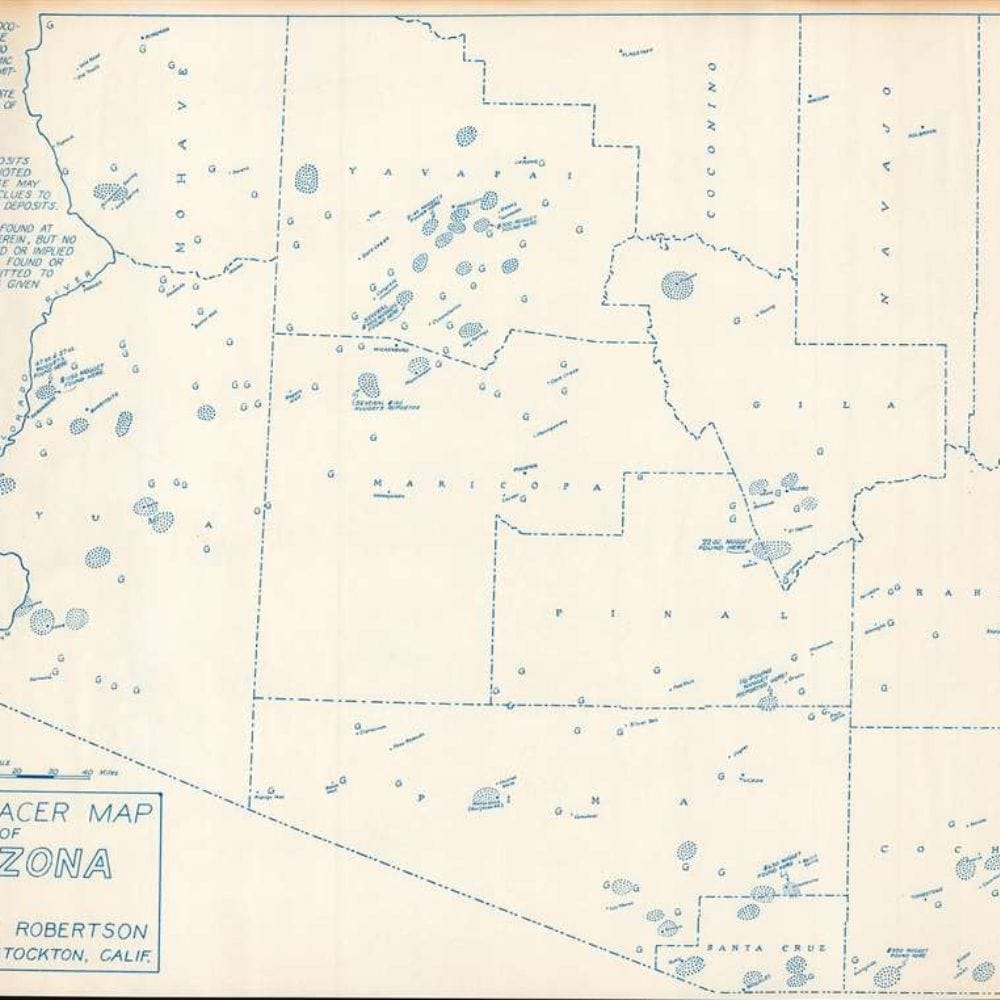
Tools for the Modern Prospector
Today’s gold prospectors have a variety of tools at their disposal. From satellite imagery to advanced geological databases, the search for gold has become more precise and data-driven.
Websites like Gold Maps Online and apps designed for mineral prospectors offer user-friendly interfaces and up-to-date information, including GPS coordinates for known gold sites.
These digital tools complement traditional methods, providing a comprehensive view of potential mining areas and helping prospectors make informed decisions about where to focus their efforts.
The Role of the World Gold Council
The World Gold Council plays a crucial role in the global gold market. It not only provides data and analysis on world gold deposits and production but also offers guidance on market trends and investment opportunities.
Their publications are a valuable resource for anyone involved in the gold industry, from miners to investors.
By staying informed through the World Gold Council, stakeholders can keep abreast of changes and developments in the industry, ensuring they are always one step ahead in the competitive market of gold mining.
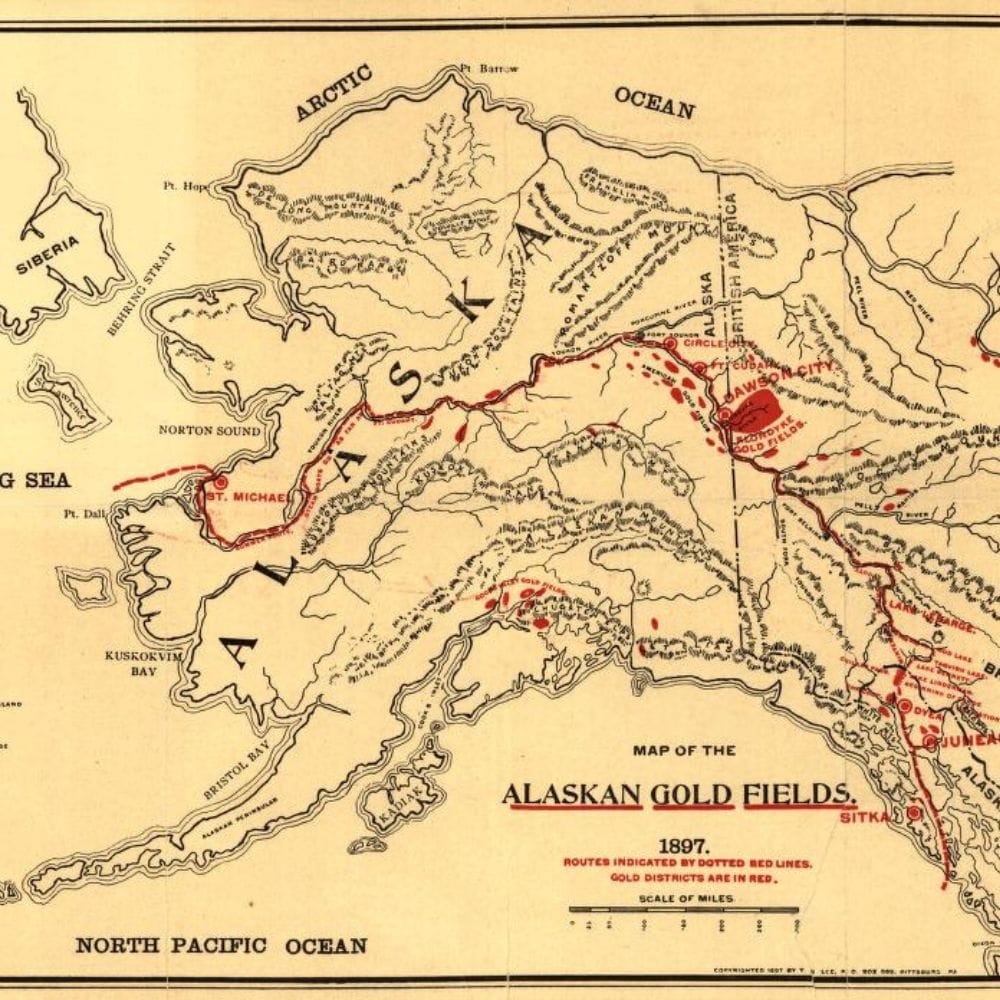
Some Final Thoughts
Finding a map of gold deposits in the U.S. involves consulting with the U.S. Geological Survey, leveraging online resources, and understanding the specifics of gold mining operations, especially in prolific areas like Nevada.
With modern tools and detailed data, prospectors and investors can navigate the lucrative field of gold mining more effectively.
Map of Gold Deposits
FAQ's
What is the best source for reliable maps of gold deposits in the U.S.?
The U.S. Geological Survey (USGS) is the most reliable source for comprehensive maps of gold deposits in the U.S.
Can I access these maps online?
Yes, many of the maps provided by the USGS and other geological services are available online and can be accessed through their respective websites.
What role does Nevada play in U.S. gold production?
Nevada is the leading state in terms of gold production in the U.S., accounting for a significant percentage of the country's total gold output.
Where can I find maps of gold deposits?
Maps of gold deposits can typically be found through various sources such as geological surveys, government agencies, and online databases specialized in mineral resources. Geological survey offices at both national and regional levels often provide comprehensive maps indicating known gold deposits.
Are there online resources for accessing maps of gold deposits?
Yes, several online platforms offer access to maps of gold deposits. Websites maintained by geological surveys, mining companies, and academic institutions often provide downloadable maps or interactive tools to explore gold occurrences in specific regions. Additionally, mineral exploration and mining forums may also share valuable resources and maps.
Do libraries or educational institutions offer maps of gold deposits?
Yes, libraries and educational institutions, particularly those with earth sciences or mining-related departments, may possess collections of maps showcasing gold deposits. University libraries, in particular, might offer access to geological maps, research publications, and historical records pertaining to gold exploration and mining activities.
Can I obtain specialized maps for prospecting gold deposits in a specific area?
Yes, for individuals or companies involved in gold prospecting or exploration, specialized maps tailored to specific regions or properties are often available. These maps may include detailed geological information, historical mining data, and exploration targets to aid in the identification of potential gold deposits. Consulting with geological experts or hiring professional geologists can also facilitate the acquisition of customized maps for prospecting purposes.
Are there any subscription-based services for accessing updated maps of gold deposits?
Yes, some subscription-based services offer access to regularly updated maps and databases of gold deposits worldwide. These services often cater to professionals in the mining industry, providing detailed geological information, exploration trends, and potential investment opportunities. Subscribers may benefit from access to proprietary data, advanced mapping tools, and analytical resources to support decision-making in mineral exploration and investment strategies.

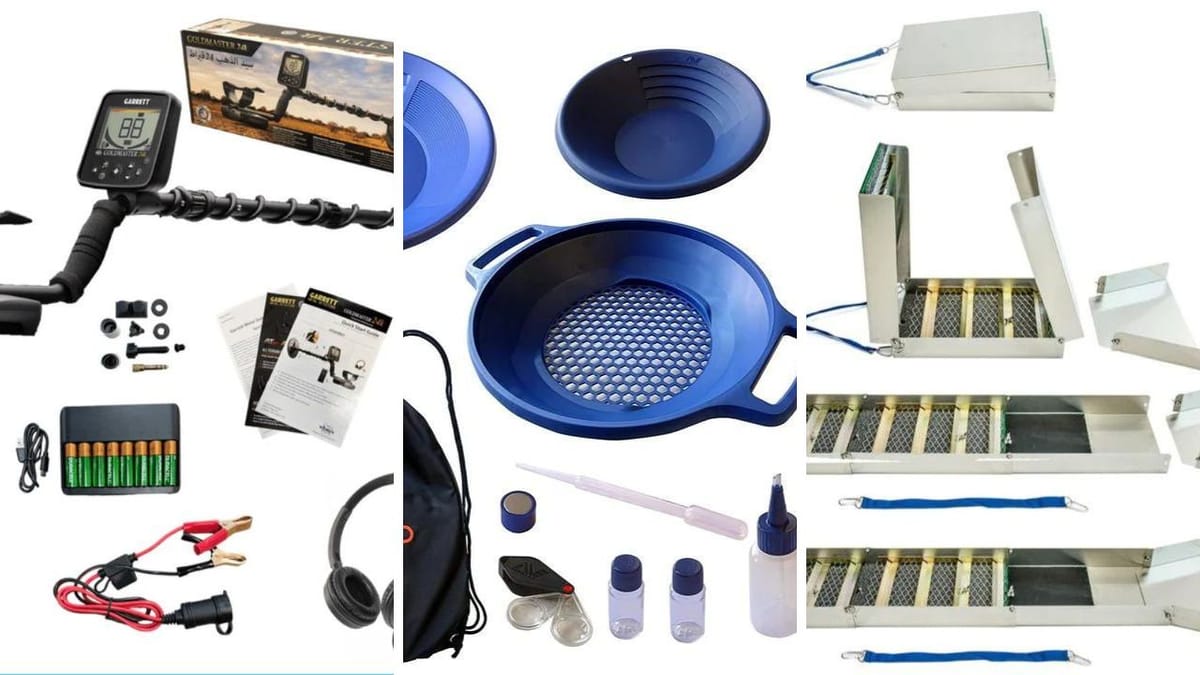






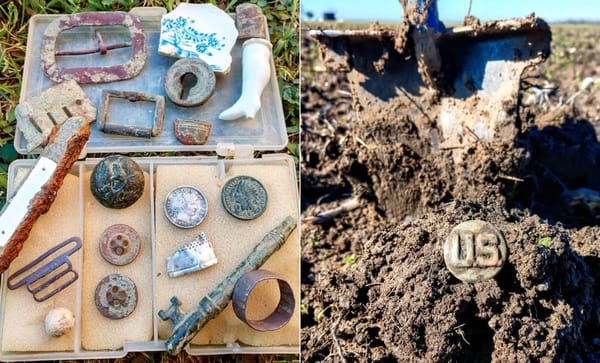
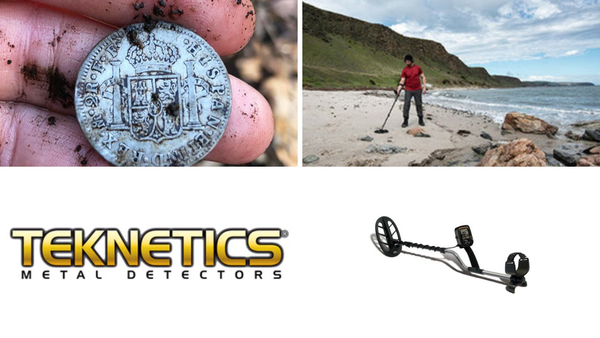
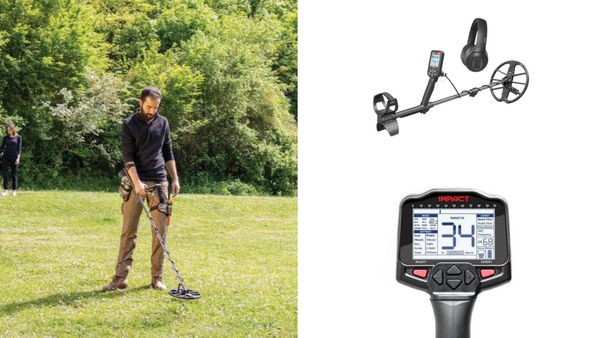
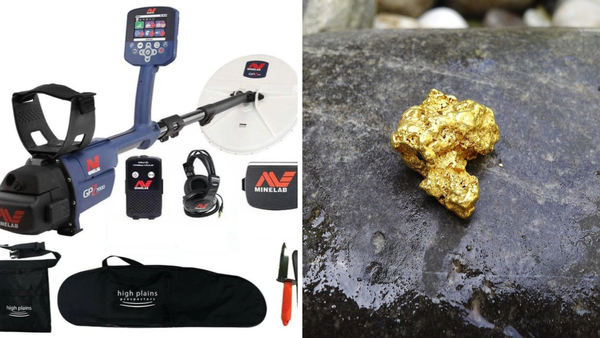
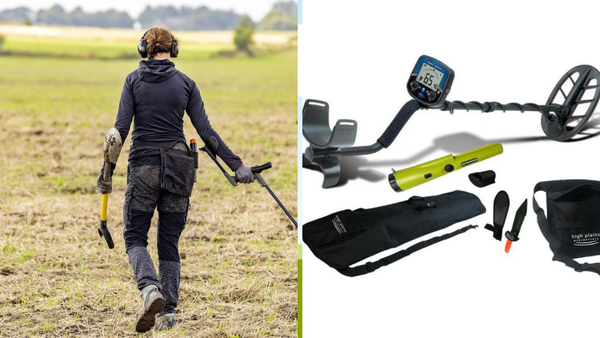
Member discussion